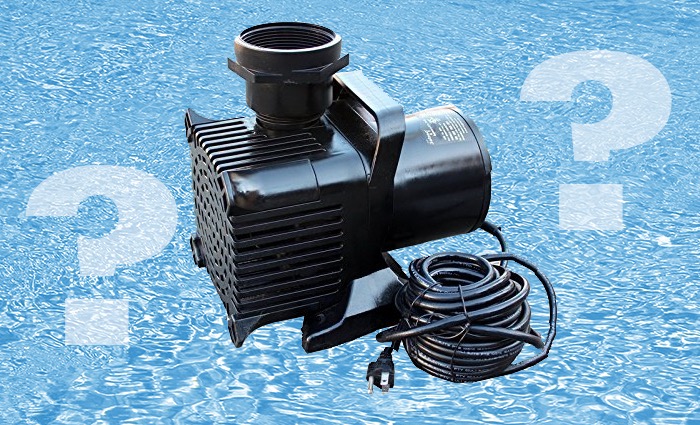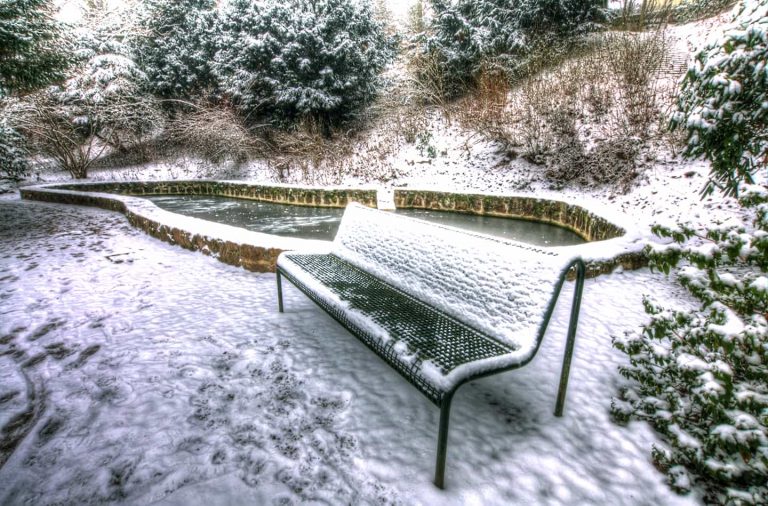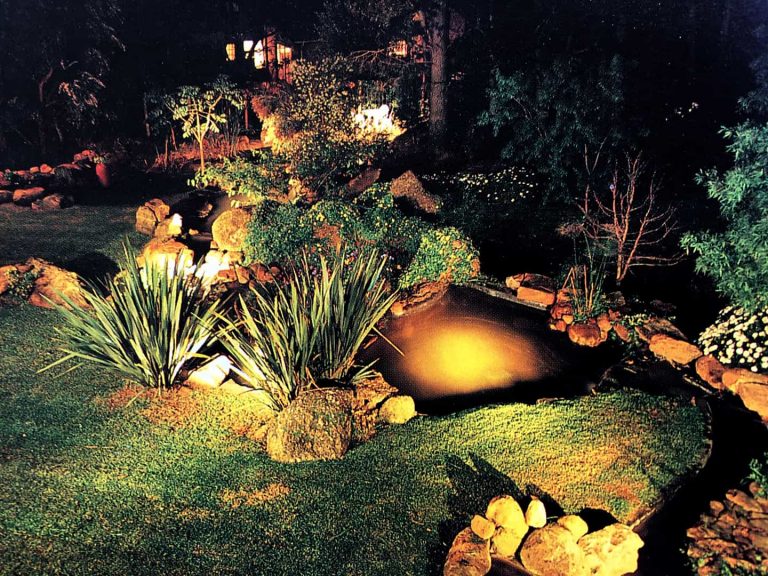Ideas for an Outdoor Pond
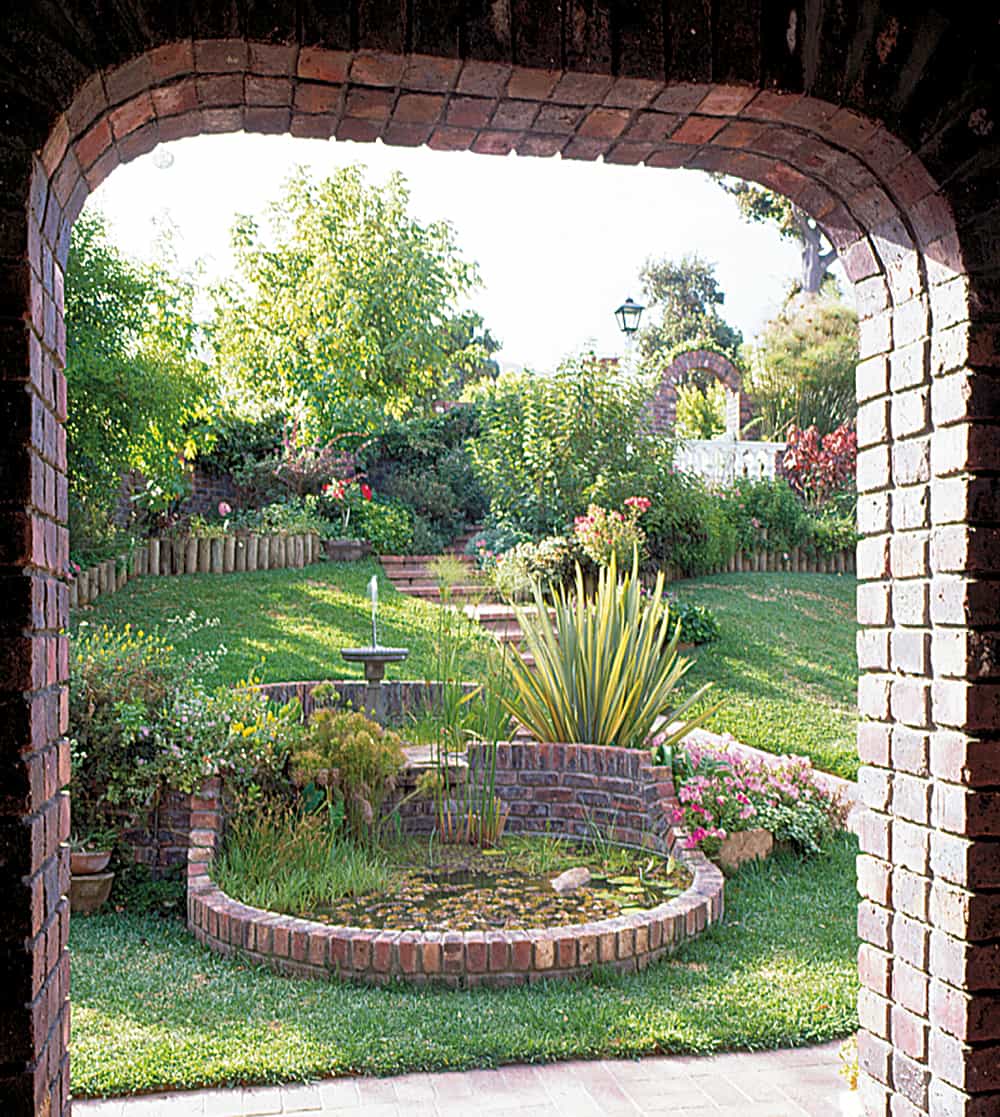
Here Are A Few Ideas For An Outdoor Pond
Water in the garden is immensely satisfying. It is soothing, refreshing, restful, and if it moves, invigorating as well. Options range from simple bird baths and freestanding fountain features, to ponds that are teaming with fish. So planning for an outdoor pond will involve many decisions, from where to locate the pond, how to construct it, and then how to finish it using plants, rocks and whatever else fits your own particular design theme.
Looking for Ideas for an Outdoor Pond
While you will find most of what you need to build a garden pond at a good stockist of fish pond supplies, where do you get ideas?
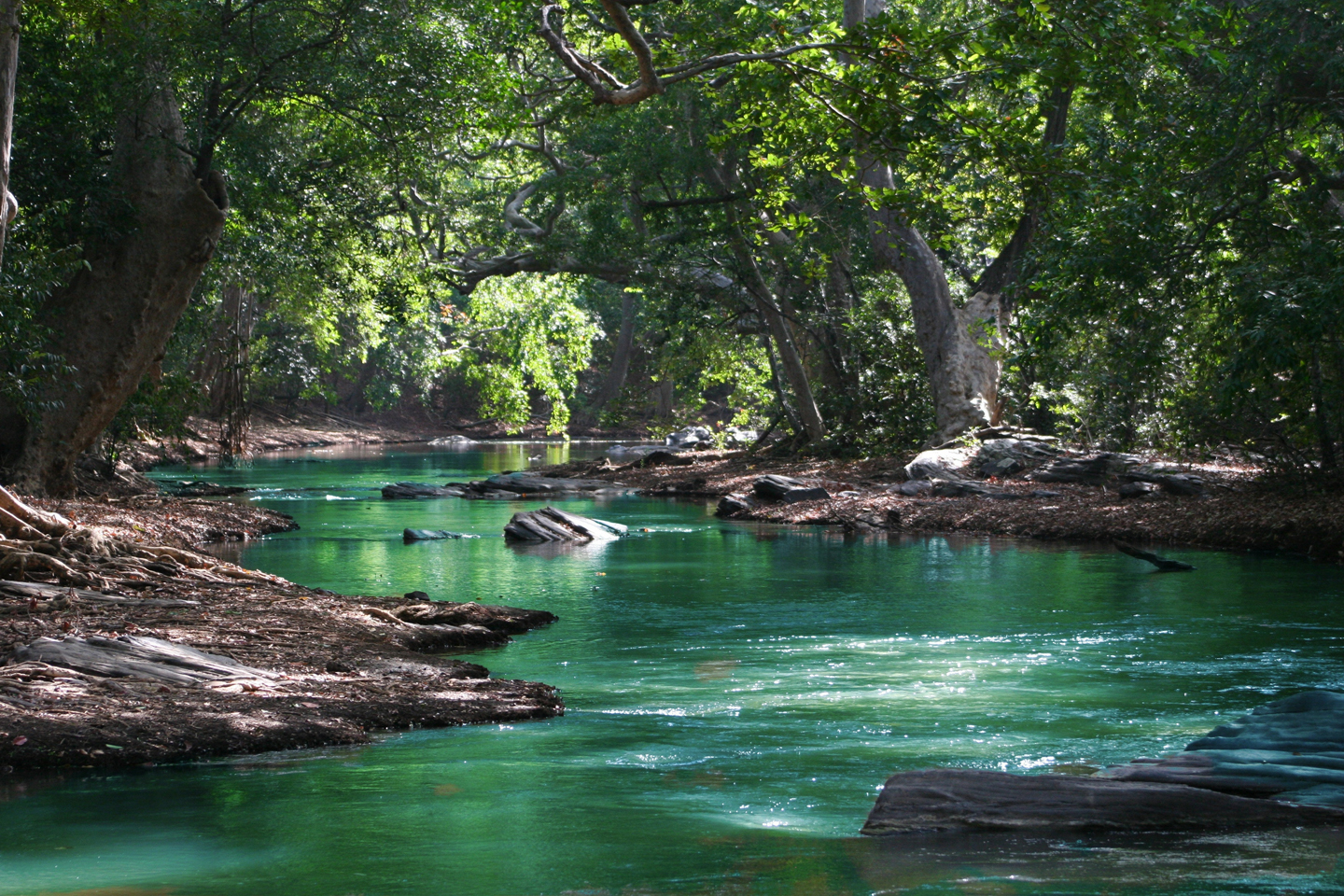
Basically you can either look at how water occurs in nature, or explore what other people have done in their gardens.
Adapt the Ideas of Others
To see what outdoor pond ideas others have done, you can visit public gardens or open private gardens, or you can look for photographs in books, magazines and on the Internet. Don’t be afraid to borrow and adapt other people’s ideas.
Books that trace the history of garden design and tradition are full of examples that might inspire you. Garden clubs and associations sometimes organize places to visit, while some garden centers also arrange outings. Parks and the gardens of public buildings are sometimes a source of ideas. If you have the opportunity to travel further afield, there are some spectacular gardens to see, most of which have some sort of pond or water feature to explore.
Here is a link to see what outdoor ponds others have found: Pond Ideas
Absorb whatever you see and use these ideas to increase your own creativity.
Copy what You See in Nature
You may feel that looking at how water occurs in nature is ridiculous, or perhaps that it won’t be helpful because water in nature is so often larger than life. But it can be a great inspiration, especially if you are planning an informal looking pond.
Look carefully at how natural water courses move and watch how streams trickle down surfaces and cascade over rocks and boulders. Notice where natural ponds form, usually at lower levels, because this is where water will settle on its own.
Look at how plants grow in and around ponds and along river beds. Examine the way rocky outcrops and crags fit natural water features, and how stones settle on the river bed.
Having seen where ponds form naturally should help you to position your own pond in a suitable place in your backyard. Often so-called dead areas work remarkably well, or an area where natural rocks and boulders are already in place. Unexciting shady corners may also provide a good location, although be careful of trees because falling leaves will rot in the water if not removed.
The Importance of Planning Your Outdoor Pond
Careful thought and logical planning are the key to any successful garden pond area.
It is usually helpful to sit in the garden or on the deck or patio near to the site you think will be best for your outdoor pond. Try to visualize what you are going to build or install before you start digging holes or building permanent structures.
Your choice of what to use to build or create your pond will depend on a whole lot of different factors including your budget, availability of specific materials and the design you want to achieve. Once you’ve got a good idea of what you want, try to maintain a visual link with the rest of the yard.




